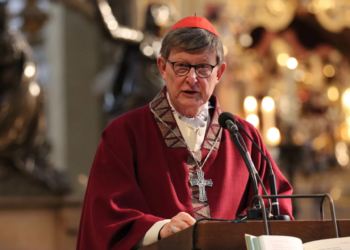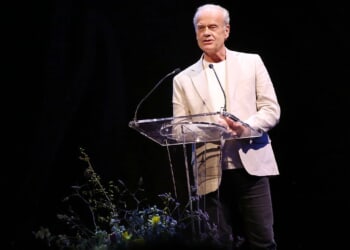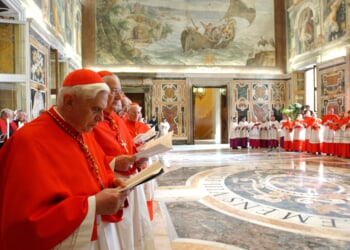CNA Staff, May 30, 2025 /
17:23 pm
Canadian researchers and advocates have published a list of more than 100 priests and religious workers who served in the country’s controversial Indigenous “residential schools” that operated there for more than a century.
The National Center for Truth and Reconciliation — a nonprofit that collects and publishes information on the Indigenous school system — said in a Thursday press release that it had created “a list of Oblate priests and brothers who participated in the administration and/or operations” of the schools.
The list was live on the group’s website as of Friday, complete with “personnel profiles and links to the schools where the Oblate members served,” the group said.
Long a source of historical tension in Canada, the residential schools — the last of which closed in the 1990s — have been criticized for their aim of turning Native American children away from Indigenous culture and forcibly assimilating them to Western ways of life.
The schools were often underfunded and crowded. Survivors also reported rampant physical, emotional, and sexual abuse, with malnutrition, poor health care, and harsh discipline contributing to high death rates.
Many of the schools’ staff and directors were Catholic clergy and religious. In 2021, the Catholic bishops of Canada issued a formal apology to the Indigenous population of the country for the abuses of the residential school system.
The bishops noted that “many Catholic religious communities and dioceses” were involved in the residential school system, “which led to the suppression of Indigenous languages, culture, and spirituality, failing to respect the rich history, traditions, and wisdom of Indigenous peoples.”
Father Ken Thorson, the provincial of OMI Lacombe Canada, said in the press release that the Oblates were “deeply grateful” for the effort “to memorialize the experiences of residential school survivors.”
“The eventual release of this research and the initial list of Oblate members who worked in the schools marks a meaningful step forward,” the priest said.
Raymond Frogner, the senior director of research at the National Center for Truth and Reconciliation, said that prior to the center’s work, the files “were dispersed in many unique repositories” throughout North America.
“We are creating a central source to examine, understand, and heal from one of the longest-serving and least-understood colonial social programs in the history of the country,” he said.
It was unclear if any of the individuals on the soon-to-be-released list of Oblates had been implicated in any abuse in the school system. The Oblates did not immediately respond to a query on Friday.
Pope Francis in 2022 issued strongly worded remarks about the system, describing the schools as a form of “cultural genocide.”
In an address to delegates representing nine Indigenous nations of Canada during a visit there, the pope asked that “progress may be made in the search for truth, so that the processes of healing and reconciliation may continue, and so that seeds of hope can keep being sown for future generations.”
On Easter Sunday last year, the Archdiocese of Vancouver signed a “sacred covenant” pact with the Indigenous Tk’emlúps te Secwépemc government at Kamloops, a move Archbishop J. Michael Miller called a “historic” milestone that “forges a new relationship” between native tribes and the Catholic Church.
That pact came about after reports in 2021 of a possible mass grave at the Kamloops Indian Residential School site, though no human remains have been found at that site in the four years since.
(Story continues below)
Subscribe to our daily newsletter
About 150,000 Canadian children are estimated to have attended the schools, where more than 4,000 are believed to have died, according to the Truth and Reconciliation Commission.
The United States also ran similar schools in the 19th and 20th centuries. According to the National Native American Boarding School Healing Coalition, more than 526 government-funded and often church-run Indian boarding schools were in operation, and by 1926, nearly 83% of Indian school-age children were attending these schools.


















